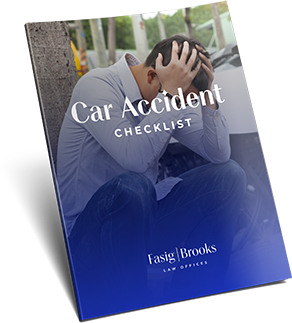
In the fall, many people look forward to the end of daylight savings time (DST) because they gain an extra hour of sleep or free time. However, while the bonus hour we get every fall can be nice, some experts think we should implementing daylight savings time throughout the year in order to promote safety and possibly save lives.
The idea of daylight savings time was originally thought of by ancient civilizations but it has only been used for about 100 years. DST was first implemented by the Germans during World War I, when German citizens were instructed to turn their clocks ahead one hour in order to save fuel for the war effort. The idea was so successful that many other countries, including the United States, soon began implementing DST as well.
The idea of using a DST schedule to optimize a country’s use of daylight hours and save energy continues. In the United States, the DST schedule has changed over the years. The United States’ current DST schedule is legislated by the Energy Policy Act of 2005, which states that DST is to start on the second Sunday in March and end on the first Sunday in November.
Loss Of Afternoon Sunlight May Increase Likelihood Of Traffic Accidents
While the idea of DST was originally conceived of in order to make the best use of daylight hours and save energy, researchers who study the effectiveness of different DST policies have determined that the use of DST and the timing of when DST is scheduled can save lives.
According to a recent report on DST, the question of DST timing comes down to “when do you want sunlight?” Those who advocate for making DST year-round argue that permanent DST would save lives because “more people are active during the evening, including kids, and the additional sunlight that DST provides helps provide drivers with the visibility necessary to see pedestrians.”
The argument for permanent DST is supported by a study reported in Accident Analysis and Prevention, which found that adding an hour of sunlight in the evening on a year-round basis would annually prevent more than 170 pedestrian deaths by preventing some dusk or night-time car accidents.
Some experts also believe that the first week or so after a switch from DST to standard time also may lead to an increased number of car accidents. This is because, “even though it’s dark, you’re still behaving like it’s light,” said Lawrence University economist David Gerard, which can lead to many people driving faster and pedestrians possibility being less attentive.
Tallahassee Legal Help For Car Accident Victims
Driving at night is significantly more difficult than daytime driving because the human eye perceives potential hazards better with more light. In fact, traffic death rates are three times greater at night than during the day because depth perception, color recognition, and peripheral vision, as well as general vision, are all compromised after sundown.
If you or someone you love has been injured in a vehicle crash that occurred at dusk or at night, it is important to get immediate legal help to preserve evidence that may be relevant to your case. The knowledgeable Tallahassee car accident attorneys at Fasig & Brooks have the investigation resources necessary to collect and analyze the cause or causes of your accident and help you pursue your legal rights to financial recovery. Call us today at (850) 222-3232 our use our online contact form for prompt legal help in the Tallahassee or Southern Georgia area.







